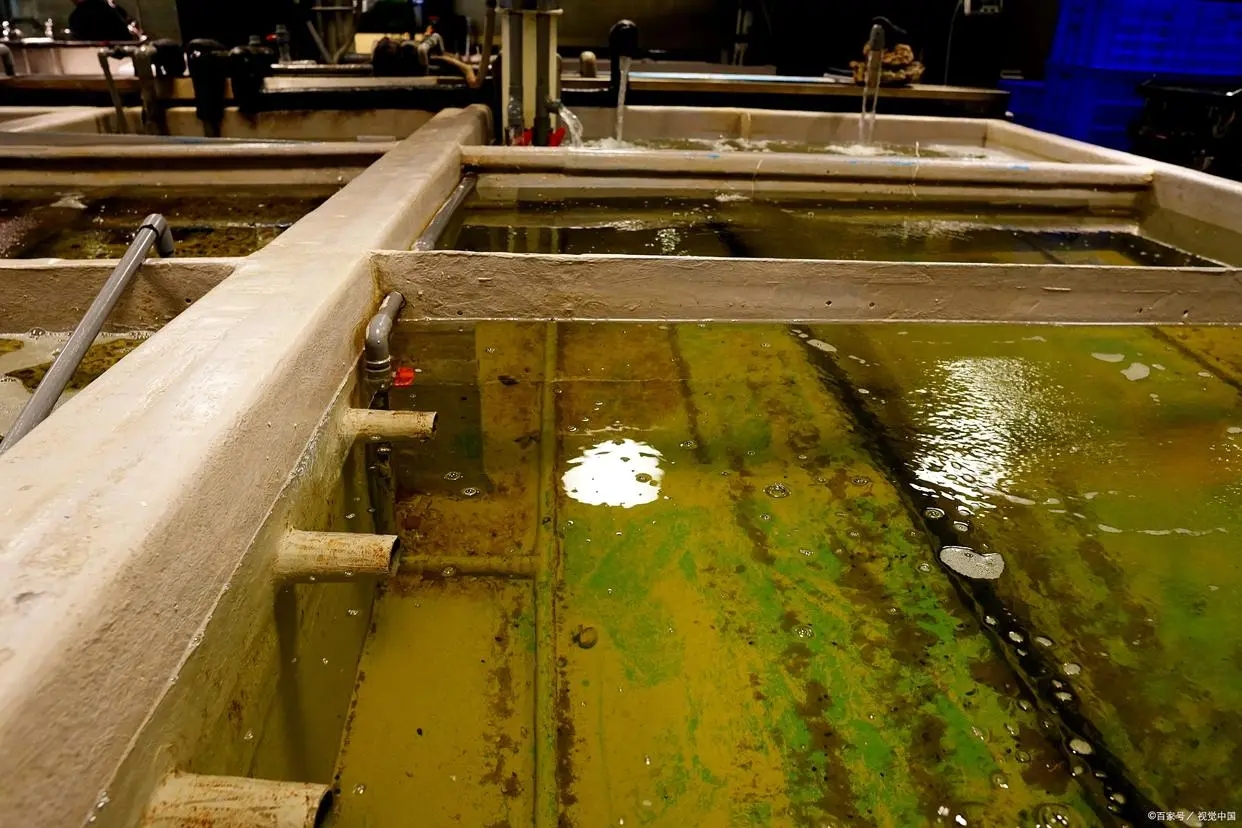-
 SUPPORTERS OF CHEMICAL TECHNOLOGYDEDICATED TO A BETTER LIFE
SUPPORTERS OF CHEMICAL TECHNOLOGYDEDICATED TO A BETTER LIFE -
-
Phone number+86-13414362583
-

In industrial oily wastewater treatment, emulsified oil (droplet size <10 μm) forms stable systems due to charged emulsifier coatings, hindering natural separation. Demulsifiers destabilize emulsions by promoting oil droplet aggregation and coalescence. Selecting Chemi Tech demulsifiers requires evaluating three core factors:

Anionic emulsifiers (e.g., fatty acid salts) stabilize droplets via negative surface charges, necessitating cationic demulsifiers (e.g., quaternary ammonium salts) for charge neutralization. Conversely, cationic emulsifiers pair with anionic demulsifiers (e.g., sulfonates). Non-ionic systems (e.g., polyethers) require high-molecular-weight demulsifiers for bridging aggregation.
Molecular Weight: High-MW demulsifiers (>10,000 Da) enhance droplet bridging but may cause loose flocs if overdosed;
Interfacial Activity: Must exceed emulsifier adsorption strength to displace interface films rapidly;
Temperature Adaptation: Room-temperature applications need fast-acting products (e.g., modified polyethers), unlike traditional demulsifiers requiring >50°C.
Overdosing may increase emulsion stability. Chemi Tech mineral-oil demulsifiers achieve demulsification at 0.01%-0.05% concentrations. When compounded with flocculants (e.g., PAM), compatibility must be verified to prevent charge conflicts.
For cutting fluid wastewater, Chemi Tech cationic demulsifiers coupled with air flotation reduce COD by >80% and enhance oil recovery. Bench-scale testing is essential to validate demulsification speed and settling efficiency.
Guangzhou Chemi Tech New Material Co., Ltd.
Address : No. 3 Road, Lanshan Village, Xiancun Town, Zengcheng District, Guangzhou City
Contact : +86-19820415595(Manager Fang)
Tel : +86-13414362583(Manager Lee)
E-mail : crystal@gzchemitech.com
